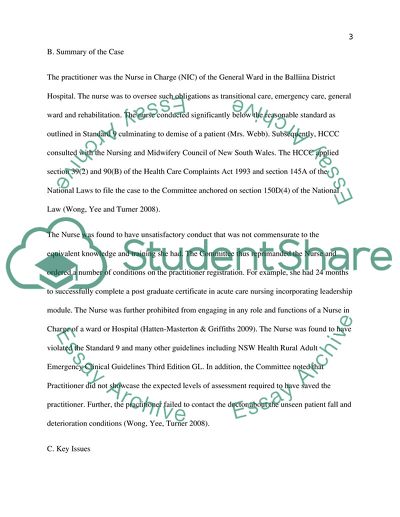Cite this document
(“Leadership and clinical governance in nursing Essay”, n.d.)
Leadership and clinical governance in nursing Essay. Retrieved from https://studentshare.org/nursing/1693170-leadership-and-clinical-governance-in-nursing
Leadership and clinical governance in nursing Essay. Retrieved from https://studentshare.org/nursing/1693170-leadership-and-clinical-governance-in-nursing
(Leadership and Clinical Governance in Nursing Essay)
Leadership and Clinical Governance in Nursing Essay. https://studentshare.org/nursing/1693170-leadership-and-clinical-governance-in-nursing.
Leadership and Clinical Governance in Nursing Essay. https://studentshare.org/nursing/1693170-leadership-and-clinical-governance-in-nursing.
“Leadership and Clinical Governance in Nursing Essay”, n.d. https://studentshare.org/nursing/1693170-leadership-and-clinical-governance-in-nursing.


